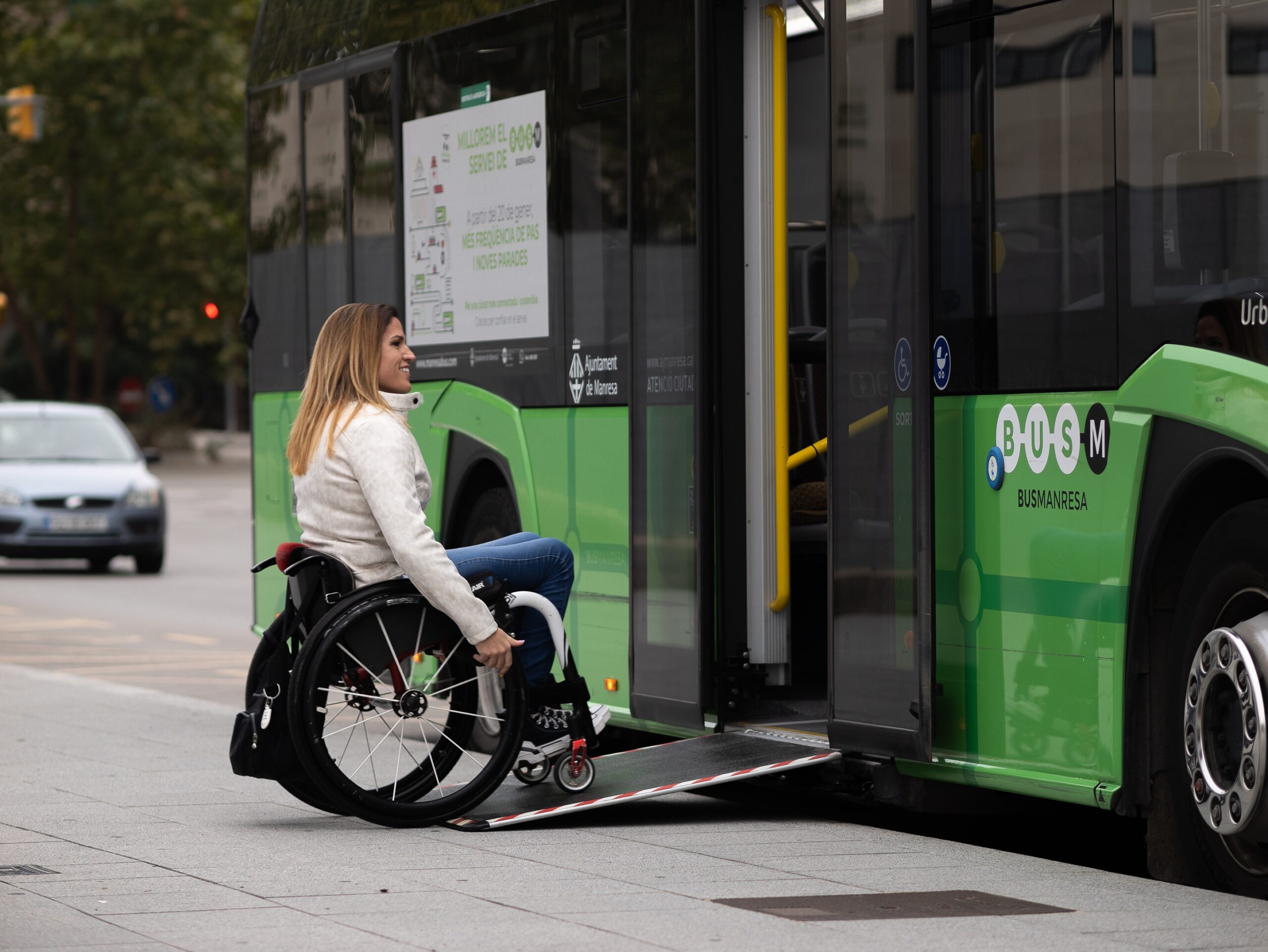全部新闻

世界上最大的零售商如何利用AI提高性能
2025-09-29 15:11:51
沃尔玛(Walmart)首席执行官道格·麦克米伦(Doug McMillon)警告说,人工智能(AI)将影响公司内每项工作,该公司雇用了210万工人。尽管总体总数预计将在三年内保持稳定,但随着某些角色是自动化的,工作组成将发生重大变化,并且出现了新的职位,例如“代理建筑商”。沃尔玛旨在通过密切监视工作类别来为员工做好这些过渡的准备。尽管自动化增加,但麦克米伦强调了人类互动在客户服务中的持续重要性。这种方法反映了劳动力中AI融合所带来的挑战和机遇。
沃尔玛(Walmart)首席执行官道格·麦克米伦(Doug McMillon)警告说,人工智能(AI)将影响公司内每项工作,该公司雇用了210万工人。尽管总体总数预计将在三年内保持稳定,但随着某些角色是自动化的,工作组成将发生重大变化,并且出现了新的职位,例如“代理建筑商”。沃尔玛旨在通过密切监视工作类别来为员工做好这些过渡的准备。尽管自动化增加,但麦克米伦强调了人类互动在客户服务中的持续重要性。这种方法反映了劳动力中AI融合所带来的挑战和机遇。

关于生成人工智能的教学和学习中心,10月9日|今天的马奎特
2025-09-29 15:01:27
教学中心将于10月9日(星期四)下午12:30主持Abram Capone博士,讨论生成人工智能及其对教育的影响,强调了有关AI政策和耶稣会教育价值的明确交流的重要性。鼓励教师让学生讨论生成AI的作用以及耶稣会教育对个人和社会发展的重要性。在此处注册活动。教学中心将举办艾布拉姆·卡彭(Abram Capone)博士
教学中心将于10月9日(星期四)下午12:30主持Abram Capone博士,讨论生成人工智能及其对教育的影响,强调了有关AI政策和耶稣会教育价值的明确交流的重要性。鼓励教师让学生讨论生成AI的作用以及耶稣会教育对个人和社会发展的重要性。在此处注册活动。教学中心将举办艾布拉姆·卡彭(Abram Capone)博士

梵蒂冈:天主教徒必须应对对真实的人类交流的AI威胁
2025-09-29 14:50:00
教皇狮子座(Pope Leo Xiv)在2026年第60届社会沟通日的第60届世界社会日期选择了主题“保存人类的声音和面孔”,强调了与人工智能相关的风险,包括错误信息和偏见复制。梵蒂冈强调了媒体和人工智能素养的必要性,以打击这些风险,并鼓励青年人的批判性思维。该公告强调了人类判断在公共交流中对数据模式的重要性。
教皇狮子座(Pope Leo Xiv)在2026年第60届社会沟通日的第60届世界社会日期选择了主题“保存人类的声音和面孔”,强调了与人工智能相关的风险,包括错误信息和偏见复制。梵蒂冈强调了媒体和人工智能素养的必要性,以打击这些风险,并鼓励青年人的批判性思维。该公告强调了人类判断在公共交流中对数据模式的重要性。

MCP如何使AI代理实际上在现实世界中做事
2025-09-29 14:40:06
模型上下文协议(MCP)通过使代理人能够执行现实世界任务而不仅仅是对话来彻底改变AI。它标准化了大型语言模型(LLM)和外部系统之间的通信,从而促进复杂的工作流程并增强企业环境中的安全性。MCP允许AI代理执行特定任务,例如汇总报告并自动发送电子邮件,这标志着从被动内容生成到主动任务执行的转变。该协议通过降低技术障碍和确保安全的治理,将其定位为代理AI时代的关键基础设施,从而使AI整合民主化。
模型上下文协议(MCP)通过使代理人能够执行现实世界任务而不仅仅是对话来彻底改变AI。它标准化了大型语言模型(LLM)和外部系统之间的通信,从而促进复杂的工作流程并增强企业环境中的安全性。MCP允许AI代理执行特定任务,例如汇总报告并自动发送电子邮件,这标志着从被动内容生成到主动任务执行的转变。该协议通过降低技术障碍和确保安全的治理,将其定位为代理AI时代的关键基础设施,从而使AI整合民主化。

AIDA人工视觉和人工智能:公共交通的未来可访问性
2025-09-29 14:38:19
城市流动性正在通过智能技术进行变化,包括使用人工视觉和AI的MASATS的AIDA系统,用于自动公交车门和坡道开放。该系统通过自动化乘客的检测以及移动性降低的人来提高可及性,便利性,安全性和运营效率,从而消除了手动干预的需求。它还优化了能源使用并减少驾驶员工作量。该技术在Busworld展示,并与智能和自动公共交通的未来趋势保持一致。
城市流动性正在通过智能技术进行变化,包括使用人工视觉和AI的MASATS的AIDA系统,用于自动公交车门和坡道开放。该系统通过自动化乘客的检测以及移动性降低的人来提高可及性,便利性,安全性和运营效率,从而消除了手动干预的需求。它还优化了能源使用并减少驾驶员工作量。该技术在Busworld展示,并与智能和自动公共交通的未来趋势保持一致。

代理AI:平衡自主权和问责制
2025-09-29 14:33:22
代理AI应用需要平衡的自主性和人类监督,以确保信任,准确性和成功。随着组织努力将代理AI集成以提高运营效率和降低成本,他们在与现有系统保持一致并确保问责制时面临挑战。关键组成部分包括对决策的解释,适当的治理和人类干预。成功还取决于可靠性,隐私,安全性,性能基准和有效的数据管理。重点是策划智能和值得信赖的决策过程,而不是仅仅是自动化或发电。
代理AI应用需要平衡的自主性和人类监督,以确保信任,准确性和成功。随着组织努力将代理AI集成以提高运营效率和降低成本,他们在与现有系统保持一致并确保问责制时面临挑战。关键组成部分包括对决策的解释,适当的治理和人类干预。成功还取决于可靠性,隐私,安全性,性能基准和有效的数据管理。重点是策划智能和值得信赖的决策过程,而不是仅仅是自动化或发电。

医疗保健自然语言处理市场
2025-09-29 14:25:41
医疗保健自然语言处理(NLP)市场预计将从2024年的39亿美元增长到2034年的194亿美元,复合年增长率为17.4%。北美目前以超过41.8%的份额占据主导地位。主要驱动因素包括越来越多的非结构化临床数据和EHR的采用,而挑战涉及数据隐私问题。机遇来自AI集成,例如自动化的患者图表提取和决策支持工具。Nuance Communications和Microsoft等领先的参与者正在开发用于医疗保健应用程序的高级NLP平台。
医疗保健自然语言处理(NLP)市场预计将从2024年的39亿美元增长到2034年的194亿美元,复合年增长率为17.4%。北美目前以超过41.8%的份额占据主导地位。主要驱动因素包括越来越多的非结构化临床数据和EHR的采用,而挑战涉及数据隐私问题。机遇来自AI集成,例如自动化的患者图表提取和决策支持工具。Nuance Communications和Microsoft等领先的参与者正在开发用于医疗保健应用程序的高级NLP平台。

美联储推出了华盛顿的Medicare评论的AI试点计划
2025-09-29 14:25:22
美国联邦政府的一项新的为期六年的试点计划将测试人工智能,以决定在2026年1月1日开始在亚利桑那州,新泽西州,俄亥俄州,俄亥俄州,俄亥俄州,俄克拉荷马州,俄克拉荷马州,俄克拉荷马州,俄克拉荷马州和华盛顿的医疗保险范围的覆盖范围。该计划旨在减少欺诈,浪费和虐待,但面临反对潜在的护理和不清楚实施细节的障碍。
美国联邦政府的一项新的为期六年的试点计划将测试人工智能,以决定在2026年1月1日开始在亚利桑那州,新泽西州,俄亥俄州,俄亥俄州,俄亥俄州,俄克拉荷马州,俄克拉荷马州,俄克拉荷马州,俄克拉荷马州和华盛顿的医疗保险范围的覆盖范围。该计划旨在减少欺诈,浪费和虐待,但面临反对潜在的护理和不清楚实施细节的障碍。

Peloton通过硬件,AI产品发布开始周转
2025-09-29 14:22:54
总部位于纽约的Peloton Interactive Inc.将于本周推出刷新硬件和AI Integration的软件大修,这是其CEOBACK策略的一部分,该策略是苹果公司的首席执行官Peter Stern。关键更新包括现有设备(如自行车,跑步机和划艇)的新个性化功能,以及扩展到品牌配件中,以及更多的自组装选项以降低成本。Peloton的目标是通过更好的生活方式选择将其营销信息转向增强生活质量和寿命。AI将在个性化锻炼和国际增长策略中发挥核心作用,包括为全球扩张的技术配音。该公司还面临着持续的挑战,例如以前的挫折和大流行时代的运营问题损害。
总部位于纽约的Peloton Interactive Inc.将于本周推出刷新硬件和AI Integration的软件大修,这是其CEOBACK策略的一部分,该策略是苹果公司的首席执行官Peter Stern。关键更新包括现有设备(如自行车,跑步机和划艇)的新个性化功能,以及扩展到品牌配件中,以及更多的自组装选项以降低成本。Peloton的目标是通过更好的生活方式选择将其营销信息转向增强生活质量和寿命。AI将在个性化锻炼和国际增长策略中发挥核心作用,包括为全球扩张的技术配音。该公司还面临着持续的挑战,例如以前的挫折和大流行时代的运营问题损害。

苹果的目标是确定而不是幻觉
2025-09-29 14:16:39
苹果正在开发一个名为Veritas的AI聊天机器人,即“真相”的拉丁语词,以测试新的苹果情报服务。该公司旨在确保响应良好的准确性,以将其方法与竞争对手区分开来,并避免使用不正确的答案(幻觉)的常见问题,多达70%的时间。Veritas目前用于测试和开发新的Siri功能,重点是与Apple既定目标的目标,即创建实用的AI解决方案而不是通用聊天机器人。苹果计划将Veritas与Google Gemini和Anthropic的Claude等其他AI引擎集成在一起,同时还建立了自己的搜索体验称为答案。该公司旨在通过专注于特定的客户需求并确保高准确性,避免昂贵且竞争激烈的聊天机器人战争来控制AI市场。
苹果正在开发一个名为Veritas的AI聊天机器人,即“真相”的拉丁语词,以测试新的苹果情报服务。该公司旨在确保响应良好的准确性,以将其方法与竞争对手区分开来,并避免使用不正确的答案(幻觉)的常见问题,多达70%的时间。Veritas目前用于测试和开发新的Siri功能,重点是与Apple既定目标的目标,即创建实用的AI解决方案而不是通用聊天机器人。苹果计划将Veritas与Google Gemini和Anthropic的Claude等其他AI引擎集成在一起,同时还建立了自己的搜索体验称为答案。该公司旨在通过专注于特定的客户需求并确保高准确性,避免昂贵且竞争激烈的聊天机器人战争来控制AI市场。